Goats have been farmed in the Netherlands for centuries and play an important role in the country’s agricultural economy. Goat farming is a traditional Dutch industry, and it’s still strong today. Approximately 1.5 million goats in the Netherlands are used for meat and milk production.
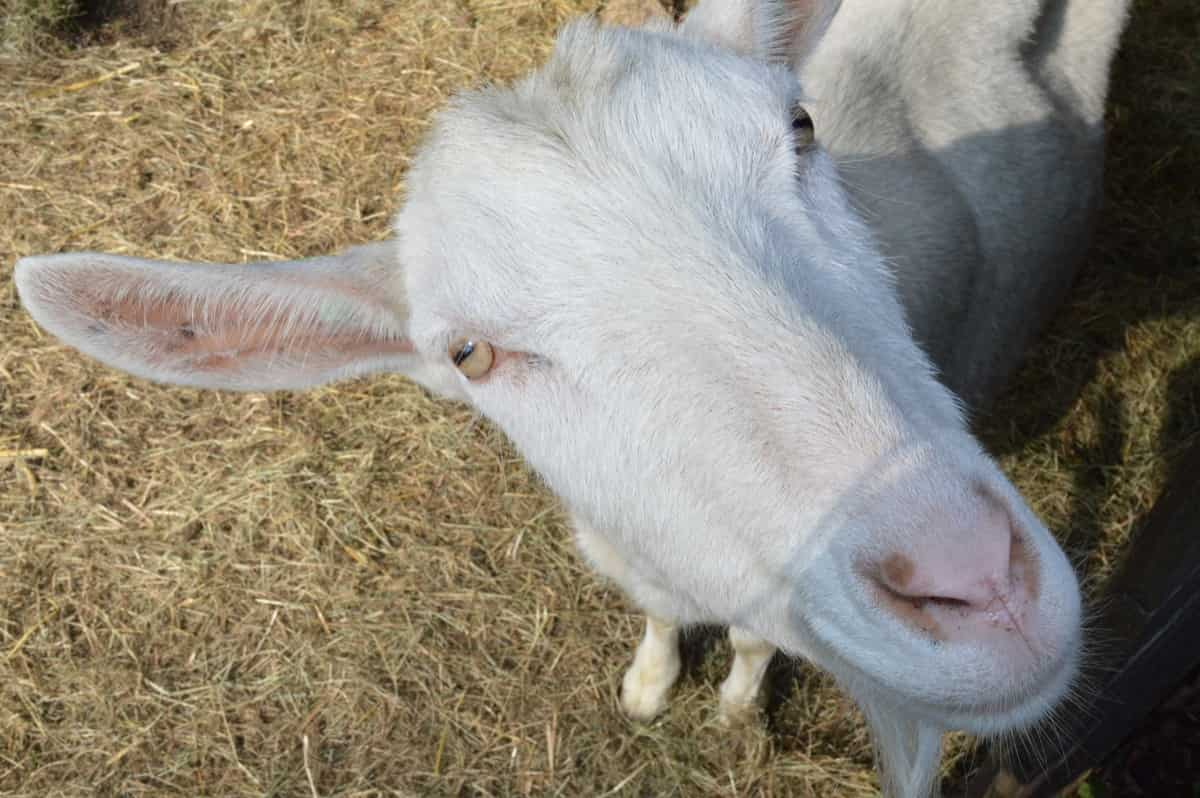
How to start goat farming in Netherlands
What is goat farming in the Netherlands?
Goat farming in the Netherlands raises goats for their milk, meat, or fiber. Farmers in the Netherlands typically raise goats for one or more of these purposes. Goat milk is often used to make cheese, and goat meat is a popular food source. Goat fiber can be used to make clothing and other products.
Goat farming importance in the Netherlands
Goat farming is important in the Netherlands for several reasons. Firstly, goats are a valuable source of milk and meat in high demand in the country. Second, goats require less land and resources than other livestock animals, making raising them more efficient. Finally, goat farming supports the rural economy and provides jobs for many people in the Netherlands.
Is goat farming profitable in the Netherlands?
Yes, goat farming can be profitable in the Netherlands. There are many factors to remember when determining if goat farming is right for you and your family. The first step is to evaluate the market for goats in your area. Goats are popular livestock animals in many parts of the world, so there is likely a demand for them in your region.
In case you missed it: How to Start Goat Farming in Switzerland: Business Plan, Breeds, Management, Cost, and Loans
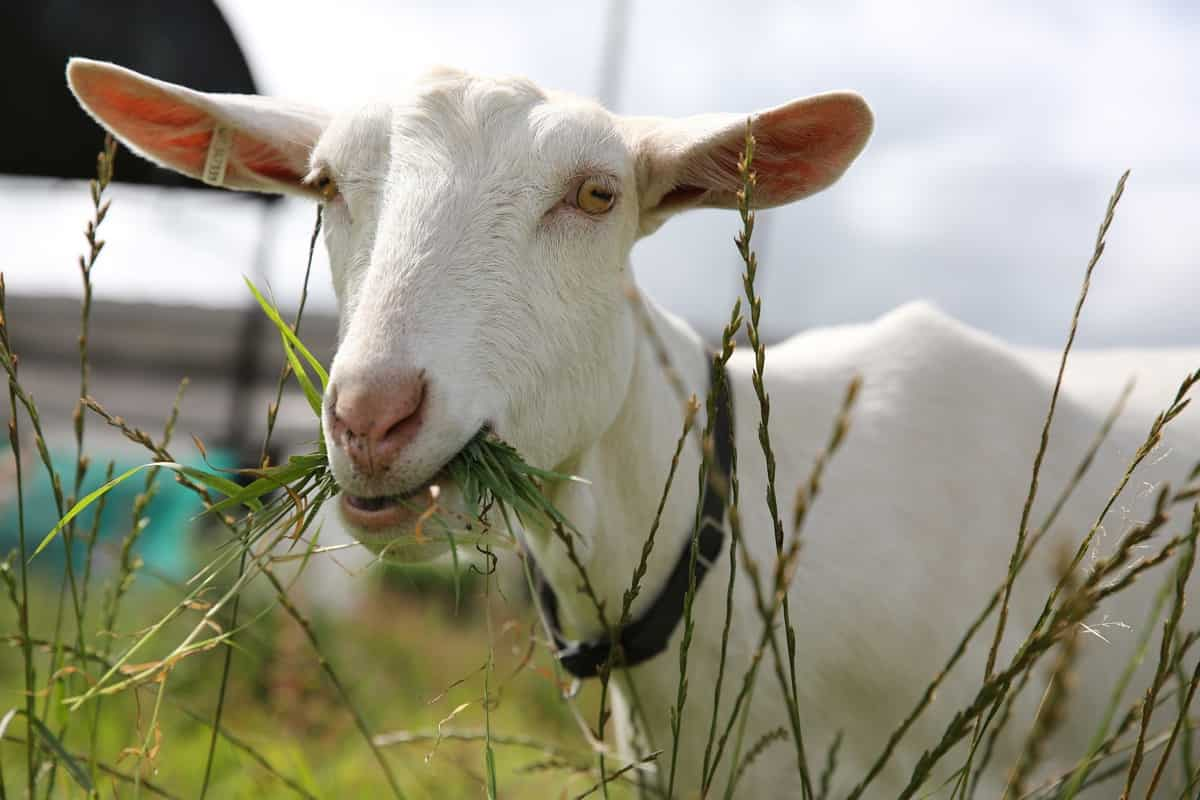
Once you have determined a market for goats, you need to consider the cost of feed and housing for your animals. Goat feed is relatively inexpensive, and goats can be housed in various structures, including sheds, barns, or even converted garages. With the land and resources available, goat farming can be profitable.
Tips to start goat farming in the Netherlands
- Obtain a permit from the Dutch government.
- Find a suitable location for your farm.
- Purchase goats and other necessary supplies.
- Build appropriate housing for your goats.
- Establish a routine for feeding and caring for your goats.
- Keep your goats healthy by providing them with regular veterinary care.
- Market your goat milk and other products to potential customers.
Goat farming for beginners in the Netherlands
Goat farming is a popular agricultural activity in the Netherlands. There are many reasons for this, including that goats are easy to care for and require less space than other livestock. Firstly, you will want to obtain a permit from the Dutch government. This is necessary to ensure that your farm meets all the required health and safety standards. Once you have your permit, you will need to purchase some goats. Again, it’s important to buy healthy animals from a reputable breeder.
Next, you’ll need to build housing for your goats. They should have plenty of space to roam and graze and access fresh water and shelter from the elements. You’ll also need to create a fence around their pasture, so they don’t wander off and get lost. Finally, you’ll need to provide regular care for your goats. This includes feeding them nutritious food, providing clean water, and keeping their living area clean and debris-free.
Steps for starting a goat farming business in the Netherlands
- Research the market – You should know about the demand for goat meat and products in the Netherlands and the types of goats available in the Netherlands.
- Choose a location – Goats need plenty of space to roam, so you’ll need to find a farm or piece of land that’s large enough to accommodate them. Be sure to consider factors like proximity to markets and suppliers and the climate and terrain.
- Get the necessary permits and licenses – Before raising goats, you’ll need to obtain the proper permits from the Dutch government.
- Build appropriate housing – Goats need shelter from the elements, so you’ll need to build a comfortable place to live. This can be anything from a simple shed to a more elaborate barn set-up. They will need somewhere warm and dry to sleep and access fresh pasture or hay.
- Purchase goats and other supplies – Once everything is in place, it’s time to buy goats. You’ll also need to purchase food and water troughs, fencing, and other supplies necessary for goat care. Finally, purchase all the other supplies you’ll need to care for your goats, such as feeders, waterers, fencing, etc.
- Get financing – Develop a business plan outlining your goals and how to achieve them. This will help you get financing and keep you on track as you start your business.
In case you missed it: How to Start Goat Farming in Brazil: Rearing Business Plan, Breeds, and Management
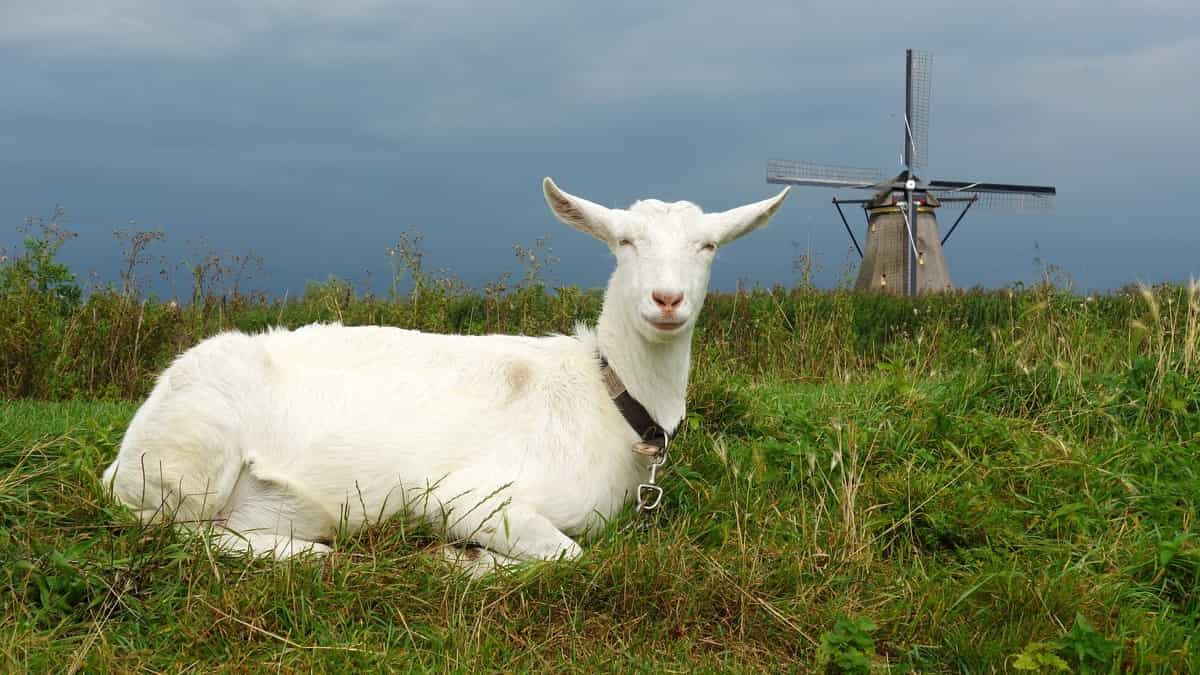
Goat farming areas in the Netherlands
The Netherlands is home to many goat farms, with the vast majority located in the southern and western parts of the country.
- The Wadden Islands: These islands are located off the coast of mainland Netherlands and are known for their lush vegetation and mild climate. Goats thrive in these conditions and produce high-quality milk and meat.
- The Veluwe: This region is known for its sandy soil, which is perfect for grazing goats. The Veluwe also has a lot of forested areas where goats can find shelter and food.
- Zeeland: This province is mostly located on the southwest coast of the Netherlands and has a mild climate all year round. Goat farms in Zeeland produce the best cheese in the country, thanks to the perfect grazing conditions.
- Limburg: Limburg is located in the southeastern part of the Netherlands and has a hilly landscape ideal for goat farming. The region’s dairy goats are especially well-known and produce high-
Goat breeds in the Netherlands
Several goat breeds are found in the Netherlands, including the Alpine, LaMancha, Nubian, Oberhasli, Saanen, and Toggenburg. Each breed has unique characteristics, which can help you choose the right goat for your farm.
- The Alpine is a versatile breed good for milk and meat production.
- The LaMancha is known for its high milk production, while the Nubian is a popular choice for dairy farms due to its large udder and high milk fat content.
- The Oberhasli is a dual-purpose breed good for milk and meat production, while the Saanen is known for its high milk yield.
- The Toggenburg is another goat breed that can be used for dairy and meat production. The Toggenburg breed originated in the Toggenburg Valley of Switzerland.
- The Dutch Landrace is the most common breed of goat in the Netherlands. They are medium-sized goats with light brown or grey coat. They are known for their milk production, often used to make cheese and other products.
Goat feeding management in the Netherlands
Goats are browsers rather than grazers and prefer to eat a variety of vegetation, including leaves, twigs, and fruit. Goats will also eat grass, but this should only make up a small part of their diet, as too much grass can cause health problems. In the Netherlands, goats are usually kept on pasture during summer and fed hay during winter. Therefore, it is important to provide your goats with good quality hay free from mold or dust.
Some goat owners also like to give their goats a daily supplement of minerals to help them stay healthy. Regarding feeding goats, it is important to remember that they have different dietary needs. Some goats may need more or less food than others depending on their age, activity level, and health condition. Therefore, talk to your vet about the best diet for your goats.
In case you missed it: How to Make Goat Manure Compost: A Step-by-Step Guide to Using in Your Garden/Farm
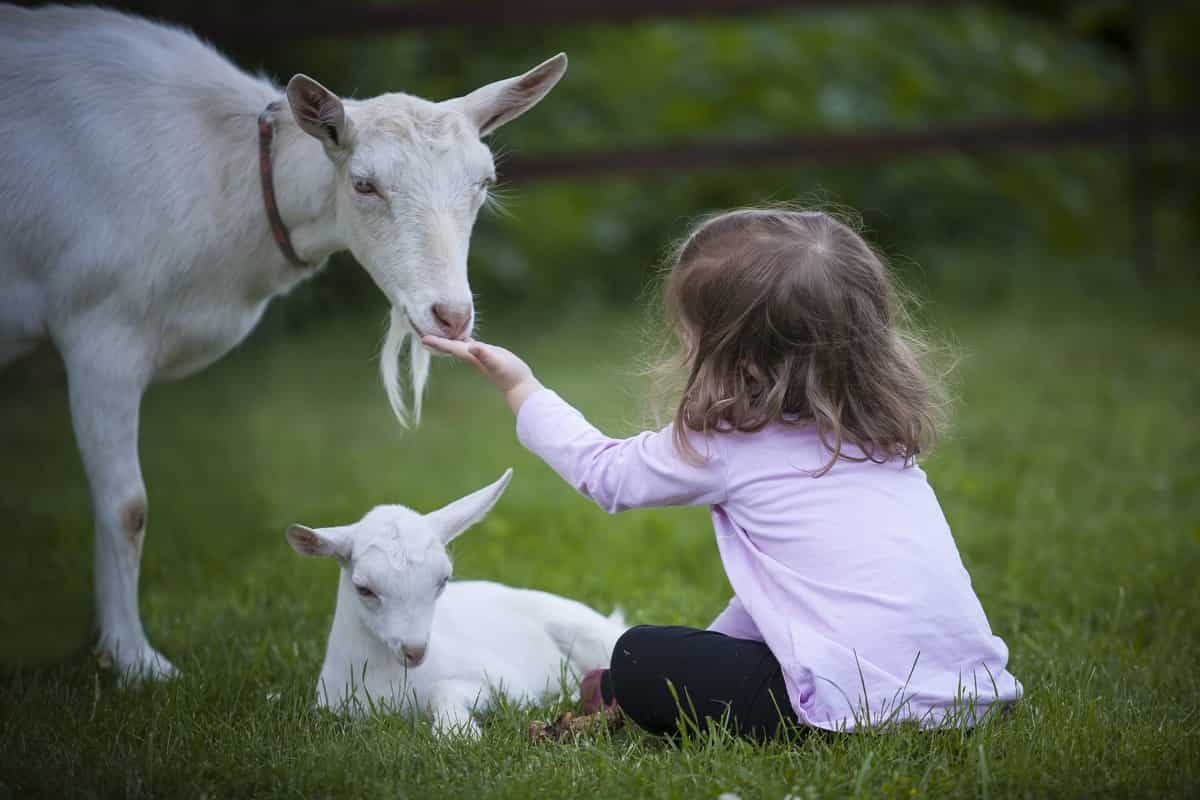
Goat house design in the Netherlands
The goat pens in the Netherlands are typically small and functional. The goats are kept in pens with comfortable bedding straws. The pens usually have a slatted floor that can be easily cleaned. Fresh, clean water should always be available to the goats. Several factors make the house design in the Netherlands unique. One is the use of natural ventilation. The Dutch climate is relatively mild, so there is no need for expensive air conditioning or heating systems in goat houses.
Instead, the buildings are designed to take advantage of natural ventilation. For example, large doors and windows are used to let fresh air in, and straw bales are placed around the perimeter of the goat house to keep drafts out. To get the most out of natural lighting, Goat Houses in the Netherlands are built with south-facing windows. This allows sunlight to enter the goat’s house during the day, providing a natural source of warmth.
In addition, reflective materials are often used on the walls and ceilings to maximize light reflectivity and minimize heat loss. Finally, it takes into account the needs of both goats and farmers. Goats are social animals, so their housing needs to provide space for them to interact with each other.
Goat marketing in the Netherlands
There are several ways to market goat meat and milk in the Netherlands. One way is to sell directly to consumers at farmer’s markets or online retailers. Another option is to sell to restaurants or grocery stores. Finally, goat producers can also participate in trade shows and food festivals to reach a larger audience. With many options available, goat farmers must research which marketing will work best for their products.
How profitable is goat farming in the Netherlands?
Goat farming can be quite profitable in the Netherlands. Some factors to consider when finding the profitability of goat farming include the cost of feed and hay, the price of goats, and the amount of time and effort required to care for the goats. However, goat farming can be a very lucrative business if done correctly. Goat farming can also provide a good source of supplemental income for small farmers.
Large-scale goat farming in the Netherlands
- Large-scale goat farming is a relatively new phenomenon in the Netherlands. Most goats were kept on small farms for milk production or as grazing animals in the past. However, with the rise in demand for goat meat, many farmers have started to breed goats specifically for meat production.
- The Netherlands is one of the leading producers of goat meat in Europe, with over 80% of the country’s goats being raised for meat. Most large-scale goat farms are located in the southern parts of the Netherlands, where more farmland is available.
- Goats are versatile animals and can be raised for milk and meat production. However, when bred specifically for meat production. This results in more tender and flavorful meat becoming increasingly popular with Dutch consumers.
- The Dutch Goat Farmers Association (DGFA) is a national organization representing goat farmers’ interests in the Netherlands. The DGFA works to promote the goat industry and improve its members’ livelihoods.
- There are approximately 200 commercial goat farms in the Netherlands, and they collectively produce about 70 million liters of milk per year. Goat milk is a popular choice for many Dutch consumers, as it is more healthful than cow’s milk.
Goat farming care in the Netherlands
- Goats are easy to care for, but there are some tips you need to keep in mind to ensure their health and well-being.
- Goats need plenty of fresh water and hay. They should also have access to mineral supplements and fresh fruits and vegetables. In addition, it’s important to keep their living area clean and free of debris and to provide them with plenty of space to roam and play.
- As far as health care goes, goats need routine vaccinations and deworming. They’re also susceptible to various parasites, so regularly check them for signs of infestation. If you notice any health problems, consult a veterinarian as soon as possible.
In case you missed it: Goat Farming Loan in India: How to Get, Interest Rate, Documents for Banks, Mudra, and NABARD
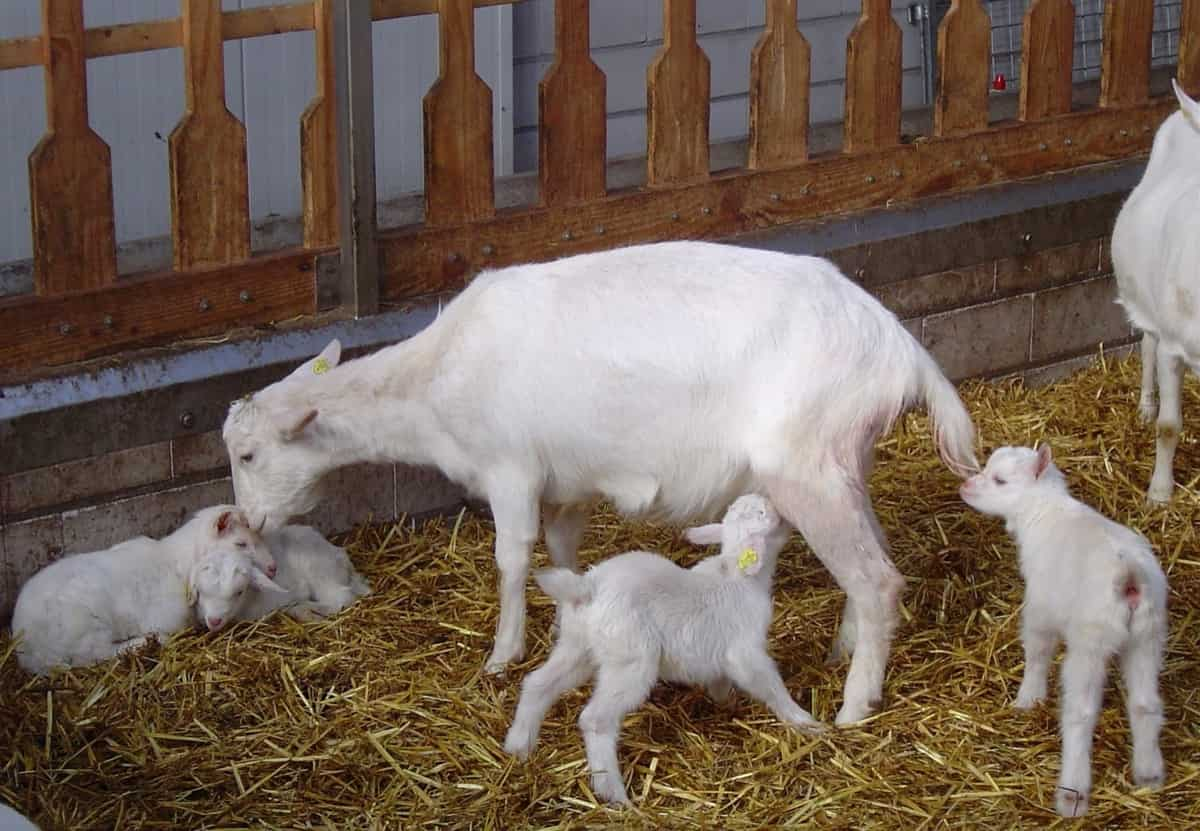
The challenges of goat farming in the Netherlands
- Goat farming is not without its challenges, and these are especially apparent in the Netherlands. The primary challenge is the climate, as the Netherlands is very wet. This means that goats need access to shelter and dry ground to avoid getting sick.
- Another challenge is predator control, as foxes, wolves, and other predators often prey upon goats. Therefore, farmers must be vigilant in predator control efforts to protect their flocks.
- Still, another challenge faced by Dutch goat farmers is dealing with parasites. Goats are particularly susceptible to internal parasites, so regular deworming is essential to keeping them healthy.
- Despite these challenges, goat farming can be a successful enterprise in the Netherlands. Farmers can enjoy the many benefits that goats offer by working diligently to overcome these obstacles.
Goat farming profits in the Netherlands
Dutch goat farmers are highly efficient and have developed innovative methods of producing high-quality milk. As a result, the Netherlands is one of the world’s leading exporters of goat milk and cheese. In addition, goat farming is an important employment source in rural areas of the country. The profitability of goat farming in the Netherlands depends on several factors, including production costs, milk prices, and demand for goat products. However, most Dutch farmers can make a good profit from their operations.
Goat farming loans in the Netherlands
Many financial options are available to those interested in goat farming in the Netherlands. One option is to take out a loan specifically for goat farming. Many banks and other lending institutions offer loans for this purpose, and the interest rates and terms will vary depending on the lender. Therefore, shopping around and comparing different options is important before deciding on a loan.
Another option is to take out a general business loan, which can be used for various purposes, including goat farming. The interest rates and terms of these loans will also vary depending on the lender, so it is important to compare different options before making a decision. Whatever type of loan you decide to take out, read the fine print carefully and understand all the terms and conditions before signing anything.
Goat farming problems in the Netherlands
There are several goat farming problems in the Netherlands, making it difficult for farmers to keep their goats healthy and productive. The main problem is the high cost of feed, which can be difficult to afford during low milk prices. Another problem is the risk of disease, which can be difficult to control without access to good quality vet care. Finally, there can be difficulties with finding enough pasture for goats to graze, especially during dry summers.
Goat farm set-up cost in the Netherlands
Goat farming is a viable agricultural option in the Netherlands and can be profitable. The set-up cost for a goat farm will depend on many factors like the size of the operation, the type of goats being raised, and the facilities and equipment required. A small-scale goat farm can be set up for as little as €2000, while a larger operation may cost up to €10,000 or more.
The most important factor in determining the set-up cost for a goat farm is the size of the operation. A small farm with just a few goats can be set up relatively cheaply, while a large-scale commercial goat operation will require a significant investment. The type of goats being raised is also a key factor, as some breeds are more expensive than others. Dairy goats, for example, tend to be more expensive than meat goats.
In case you missed it: Profitable Goat Farming in Canada: Meat Breeds, How to Start
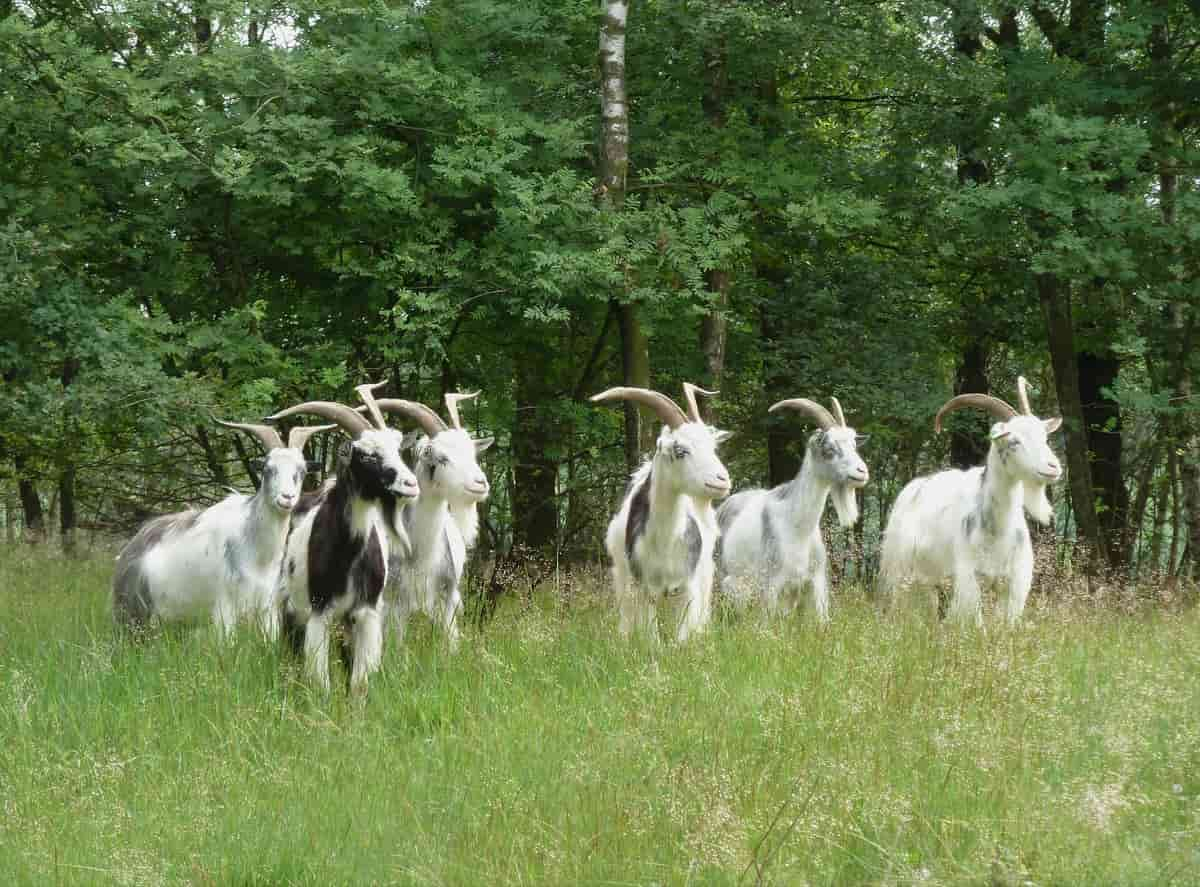
Tips to become a successful goat farmer
- Make sure they have plenty of fresh water and hay available.
- Keep their living area clean and free of debris.
- Trim their hooves regularly to prevent overgrowth.
- Check their ears and coat for any signs of infection or parasites.
- Give them plenty of space to roam and explore.
- Provide them with enrichment toys and activities to keep them stimulated.
- Handle them with care, as they can be easily frightened or stressed out.
- Get regular check-ups from a qualified veterinarian to ensure their health and well-being
Conclusion
The Netherlands has a long tradition of goat farming, and the industry is well-regulated. Farmers must have a license to keep goats and follow strict animal welfare and milk production guidelines. Goat farming in the Netherlands is an important part of the country’s economy and culture. Today, over 1,000 goat farms in the Netherlands produce milk, cheese, meat, and other products.
- Types of Pesticides Used in Agriculture: A Beginner’s Guide
- Economical Aquaculture: A Guide to Low-Budget Fish Farming
- 15 Common Planting Errors That Can Doom Your Fruit Trees
- How to Make Houseplants Bushy: Effective Tips and Ideas
- Innovative Strategies for Boosting Coconut Pollination and Yield
- Pollination Strategies for Maximum Pumpkin Yield
- The Complete Guide to Chicken Fattening: Strategies for Maximum Growth
- Natural Solutions for Tulip Problems: 100% Effective Remedies for Leaf and Bulb-Related Issues
- Revolutionizing Citrus Preservation: Towards a Healthier, Greener Future
- Natural Solutions for Peony Leaf and Flower Problems: 100% Effective Remedies
- Maximizing Profits with Avocado Contract Farming in India: A Comprehensive Guide
- Natural Solutions for Hydrangea Problems: 100% Effective Remedies for Leaf and Flowers
- The Ultimate Guide to Choosing the Perfect Foliage Friend: Bringing Life Indoors
- From Sunlight to Sustainability: 15 Ways to Use Solar Technology in Agriculture
- The Ultimate Guide to Dong Tao Chicken: Exploring from History to Raising
- The Eco-Friendly Makeover: How to Convert Your Unused Swimming Pool into a Fish Pond
- Mastering the Art of Delaware Chicken Farming: Essentials for Healthy Backyard Flocks
- 20 Best Homemade Fertilizers for Money Plant: DIY Recipes and Application Methods
- How to Craft a Comprehensive Free-Range Chicken Farming Business Plan
- Brighten Your Flock: Raising Easter Egger Chickens for Beauty and Bounty
- How to Optimize Your Poultry Egg Farm Business Plan with These Strategies
- Subsidy for Spirulina Cultivation: How Indian Government Schemes Encouraging Spirulina Farmers
- Ultimate Guide to Raising Dominique Chickens: Breeding, Feeding, Egg-Production, and Care
- Mastering the Art of Raising Jersey Giant Chickens: Care, Feeding, and More
- Ultimate Guide to Raising Legbar Chickens: Breeding, Farming Practices, Diet, Egg-Production
- How to Raise Welsummer Chickens: A Comprehensive Guide for Beginners
- How to Protect Indoor Plants in Winter: A Comprehensive Guide
- Ultimate Guide to Grow Bag Gardening: Tips, Tricks, and Planting Ideas for Urban Gardeners
- Guide to Lotus Cultivation: How to Propagate, Plant, Grow, Care, Cost, and Profit
- Agriculture Drone Subsidy Scheme: Government Kisan Subsidy, License, and How to Apply Online
- Ultimate Guide to Raising Araucana Chickens: Breed Profile, Farming Economics, Diet, and Care
- Bringing Hydroponics to Classroom: Importance, Benefits of Learning for School Students
- Ultimate Guide to Raising Polish Chickens: Breed Profile, Farming Economics, Diet, and Care
- Ultimate Guide to Raising Australorp Chickens: Profile, Farming Economics, Egg Production, Diet, and Care
- Silkie Chicken Farming: Raising Practices, Varieties, Egg Production, Diet, and Care
- Sussex Chicken Farming: Raising Practices, Varieties, Egg Production, Diet and Care